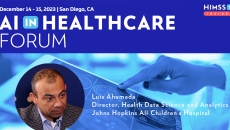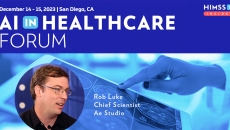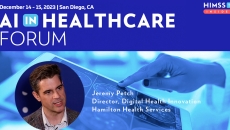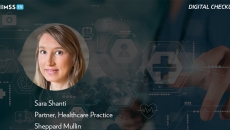Analytics
Luis Ahumada, director of health data science and analytics at Johns Hopkins All Children's Hospital, explains why gathering high quality data for every population and validation are key to building valuable artificial intelligence models.
PA Navigate will refer patients to services in their communities that address their gaps in social determinants of health, including food, shelter and transportation.
The cross-agency, cross-industry collaboration driving CMMI’s first truly interoperable payment model could improve oncology delivery for years to come, says the Digital Medicine Society's Jennifer Goldsack.
Artificial intelligence helps to create solutions for a variety of problems, including data summarization, audio processing and report interpretation, says Rob Luke, chief scientist at Ae Studio in Los Angeles.
Andy Ta, director of Data Analytics and AI and chief data officer of Synapxe, shares how the national health tech agency empowers public health facilities and the healthcare workforce to be confident using AI and other new technologies.
Jeremy Petch, director of digital health innovation at Hamilton Health Sciences, discusses strategies for ensuring transparent and explainable AI.
For all its potential benefits for healthcare, it's still critical to understand how patient data is being collected and used for AI models, says Sara Shanti, a partner in Sheppard Mullin's Chicago-based Corporate Practice Group.
There is more technology than ever to support healthcare transformation, says Penn Medicine Chief Information Officer Mike Restuccia. Partnerships between health system operations and IT teams will make all the difference in how it's put to work.
A new law passed in New York and legislation introduced in Ohio are just two of the latest examples of a legislative push to expand insurance coverage for biomarker testing.
Remote Patient Monitoring
Done right, more widespread adoption of remote patient monitoring will offer breakthrough innovations where healthcare delivery can be improved, clinician workloads can be right-sized and better patient outcomes can be achieved, an expert says.








